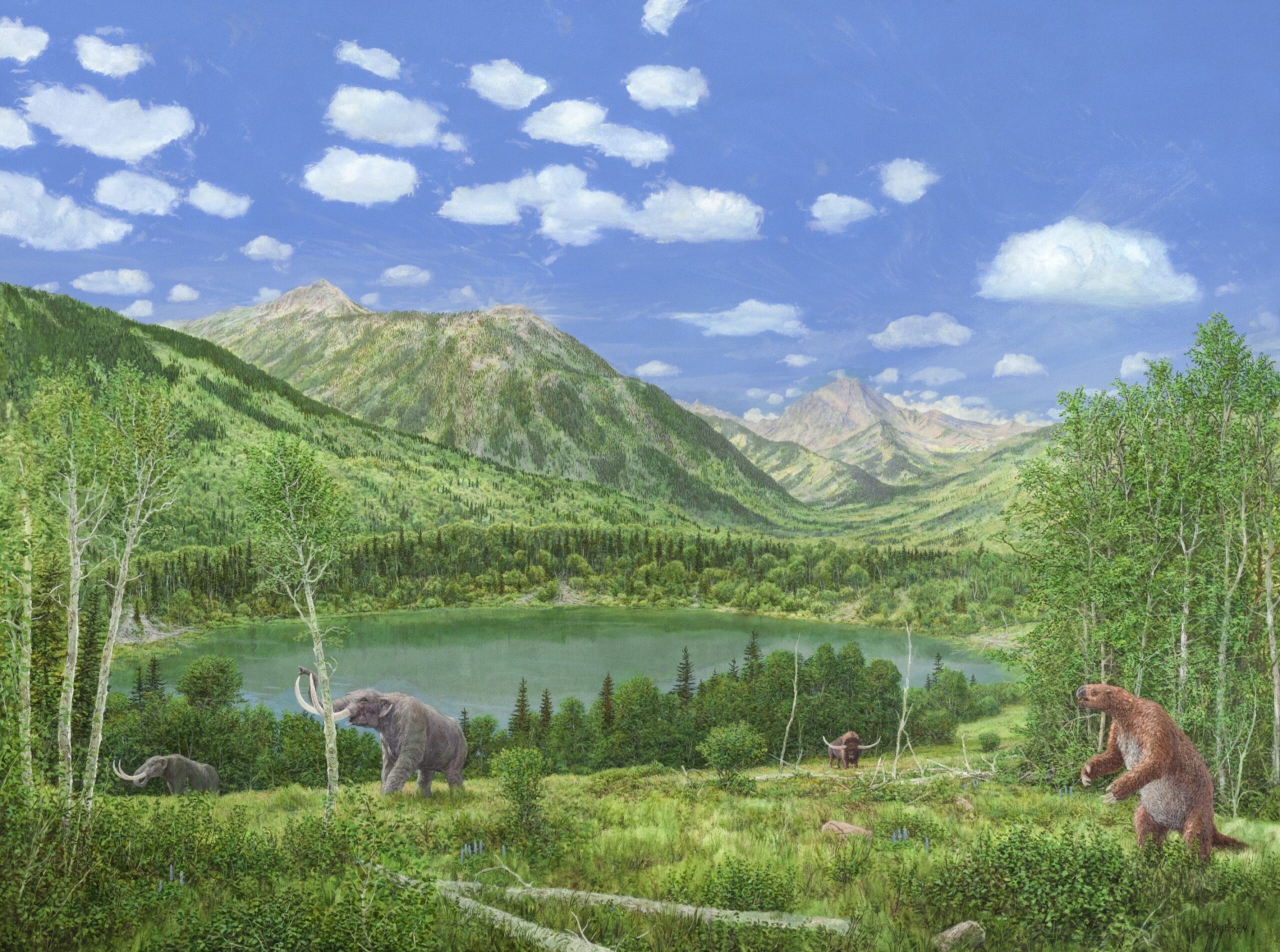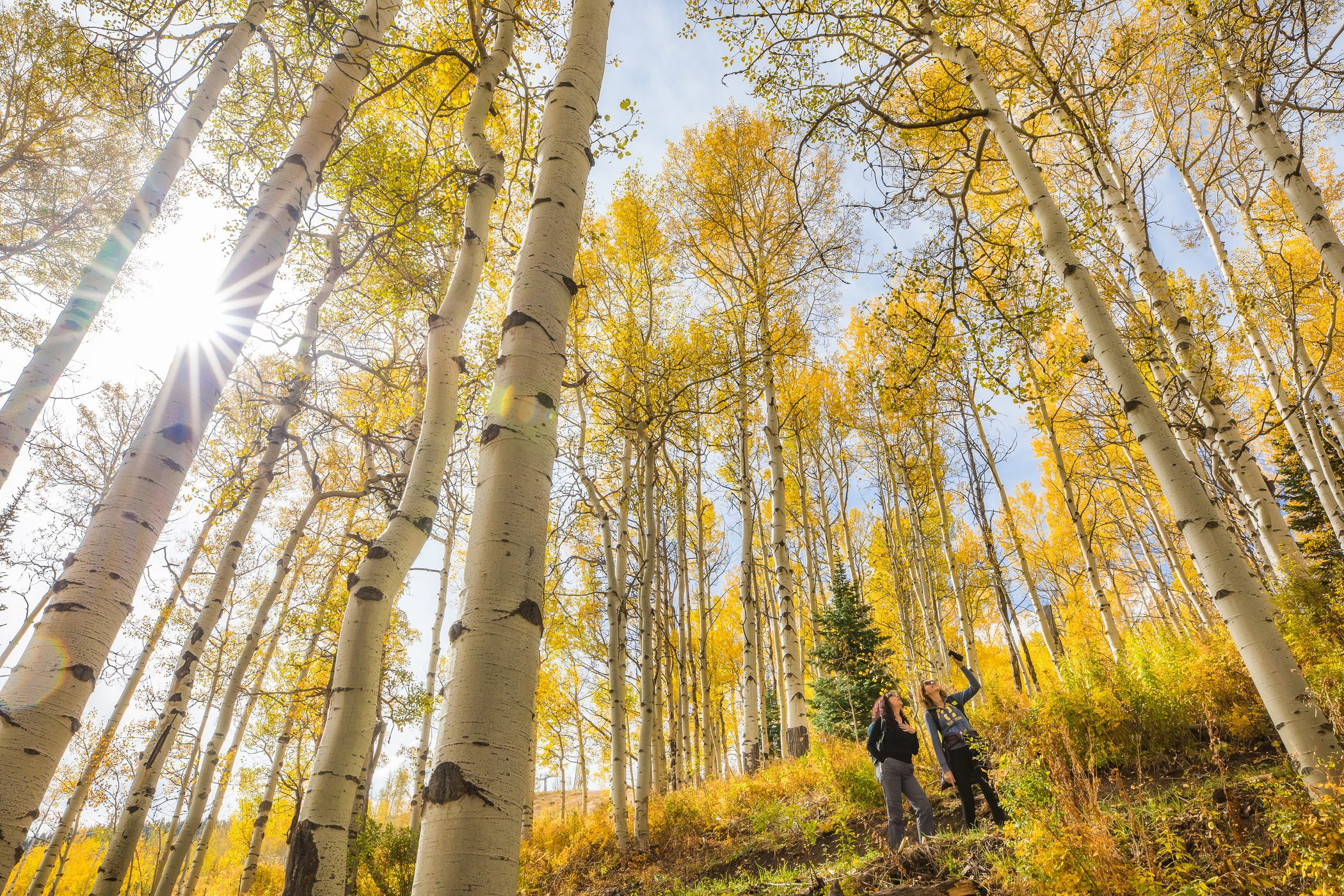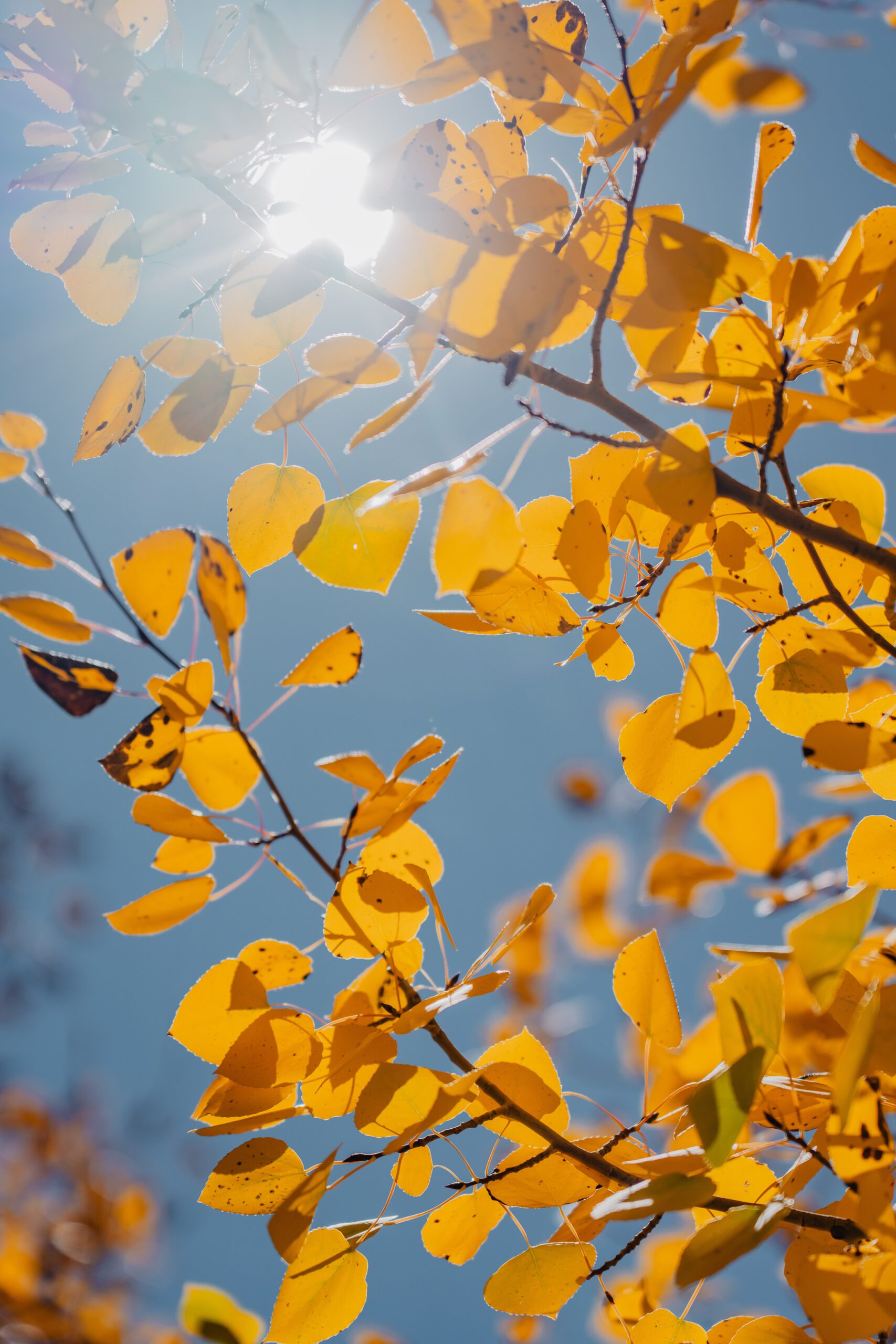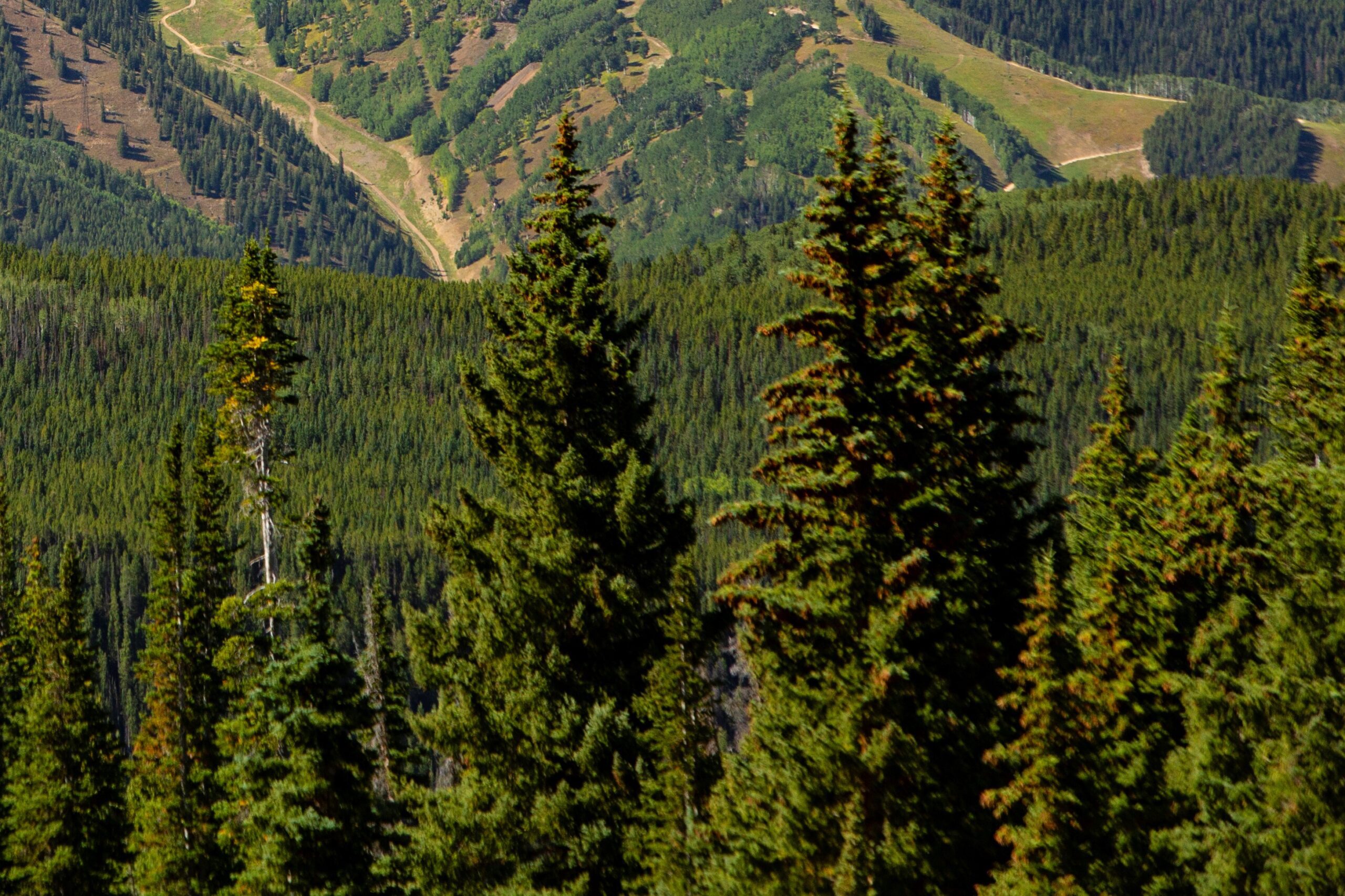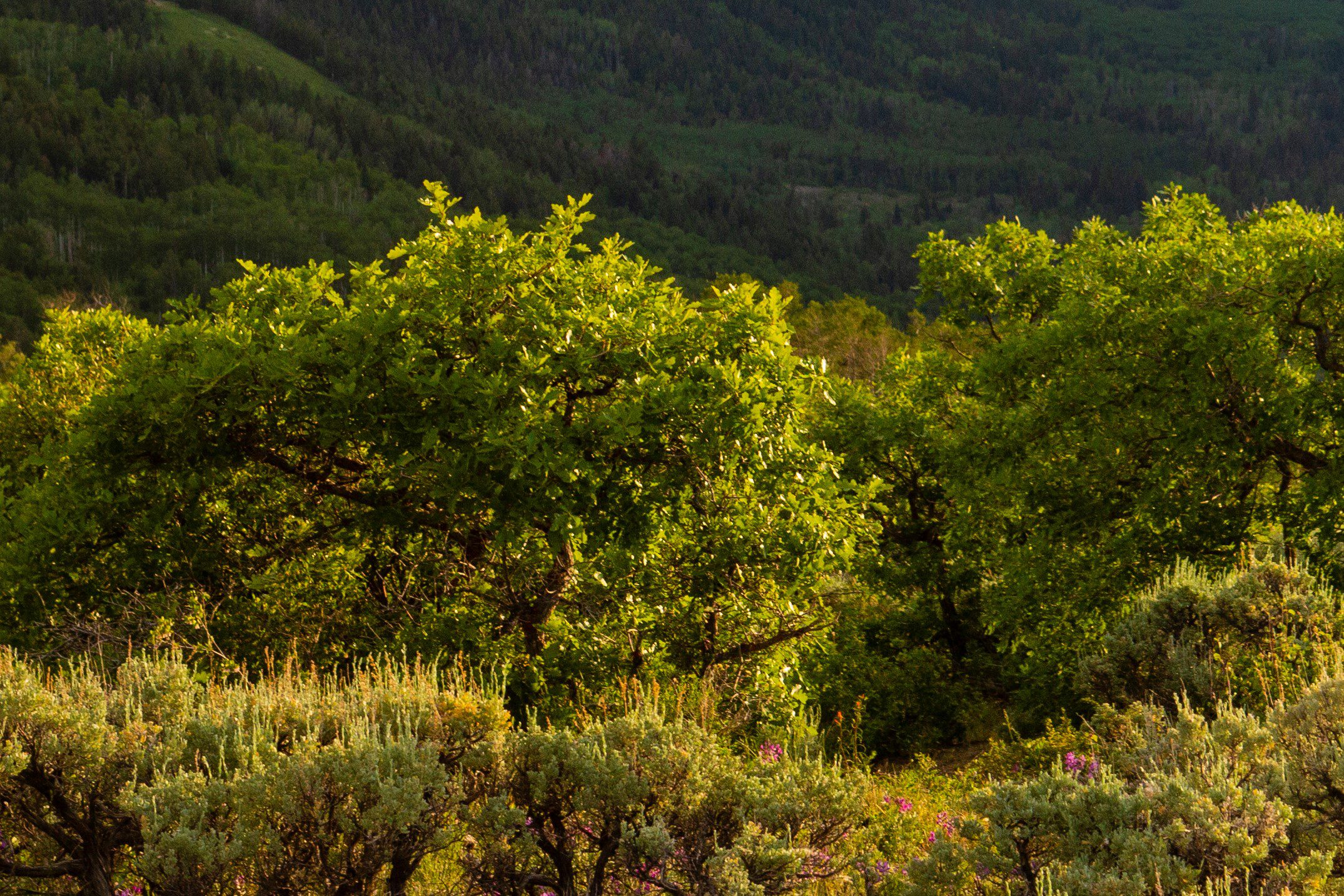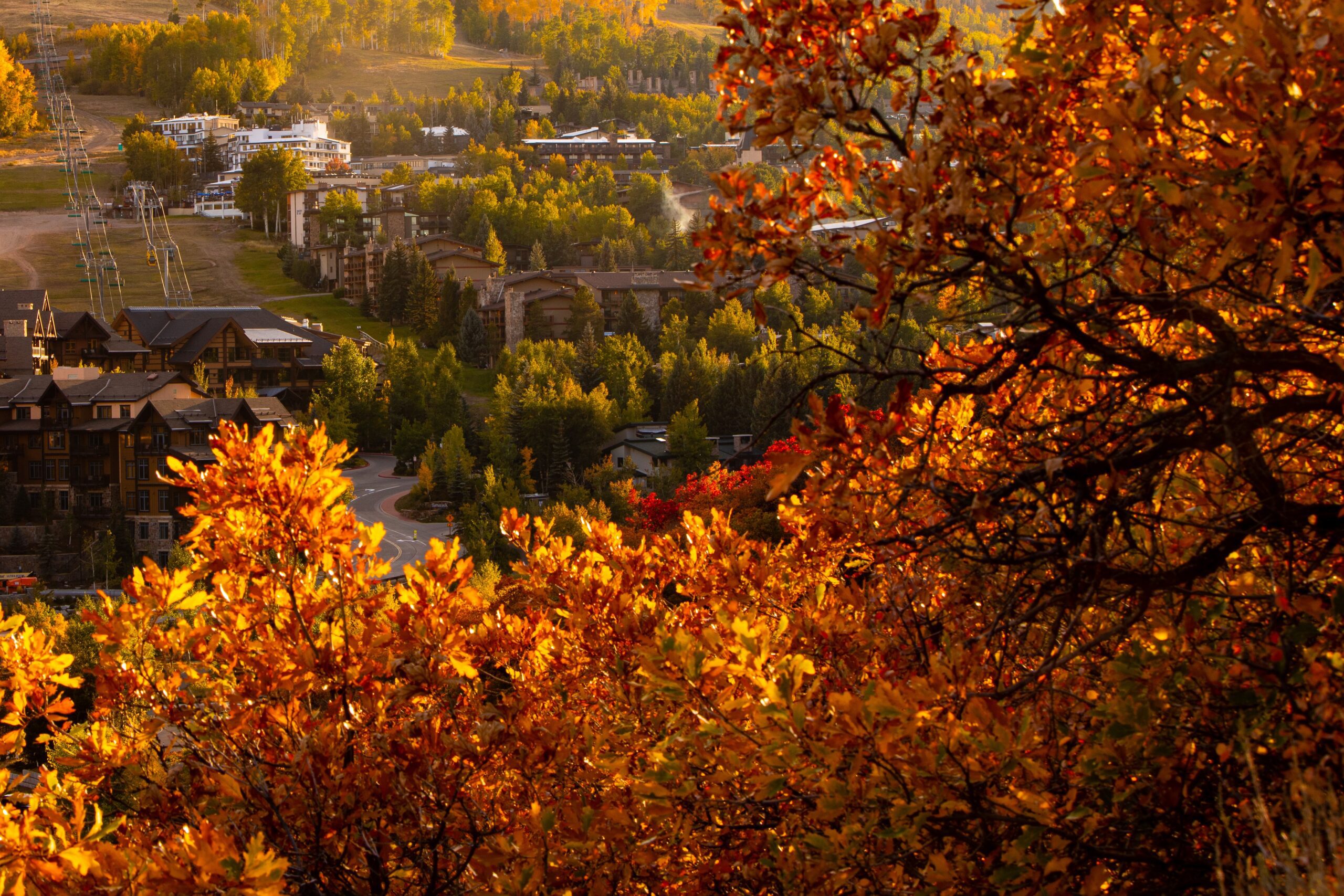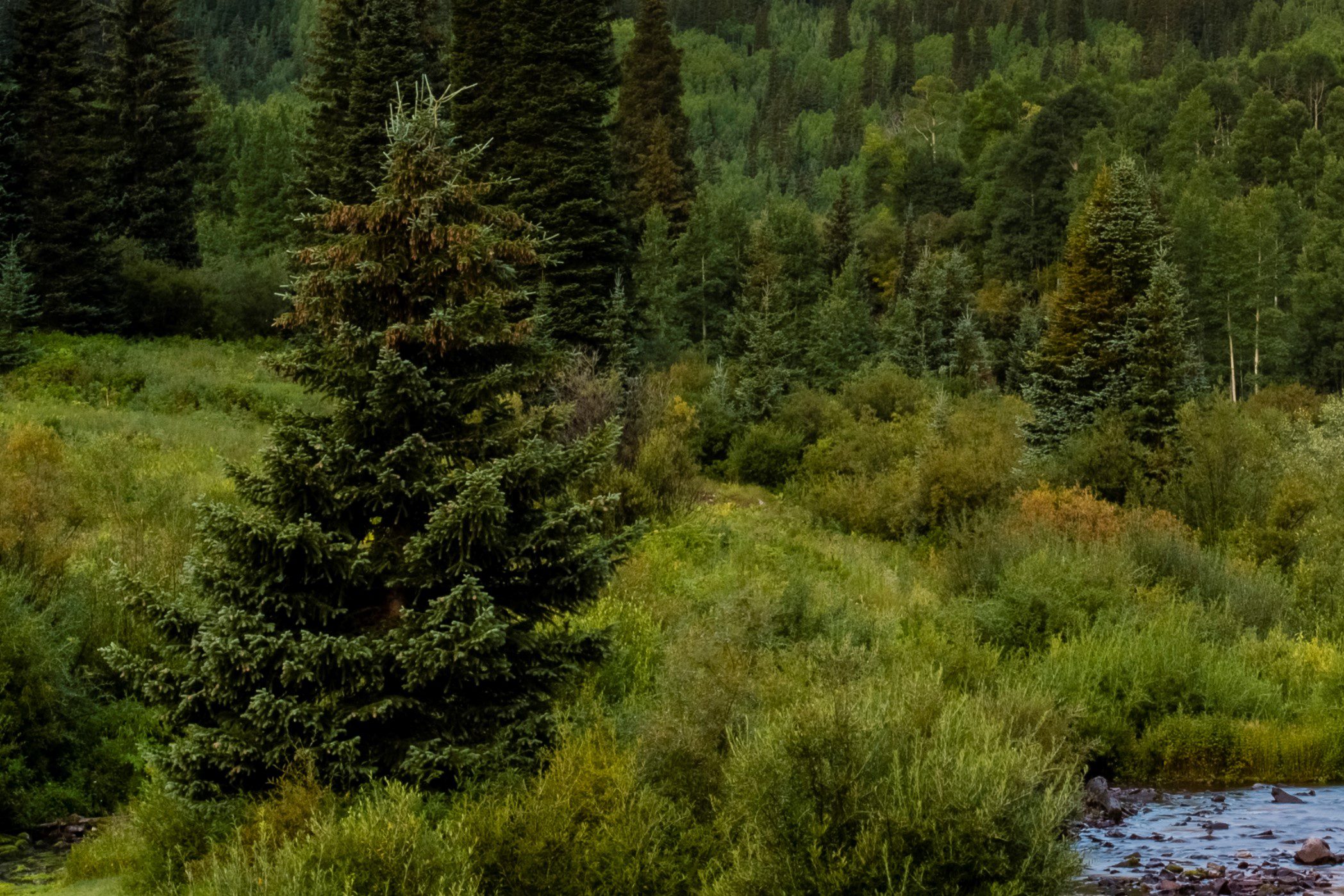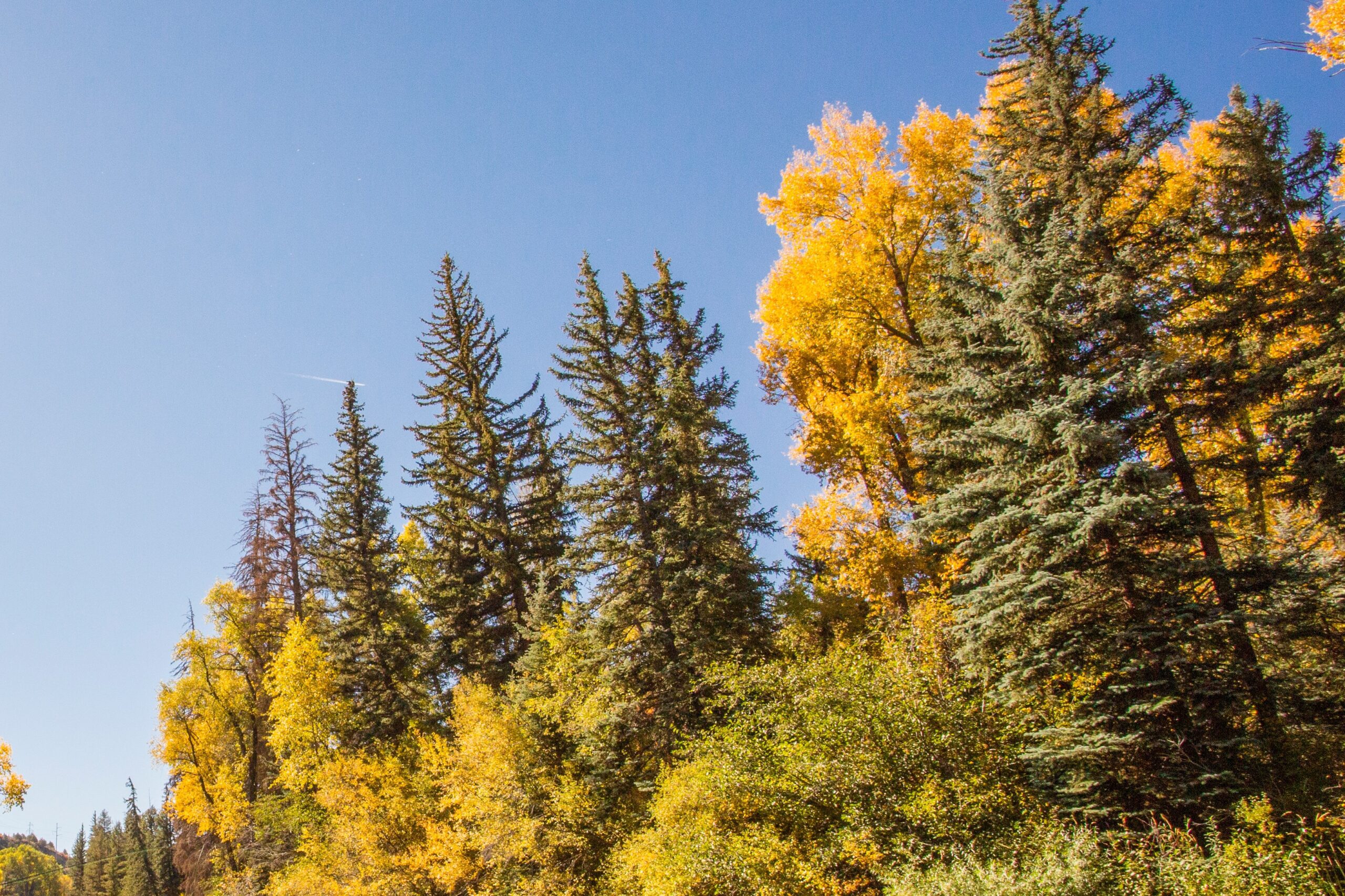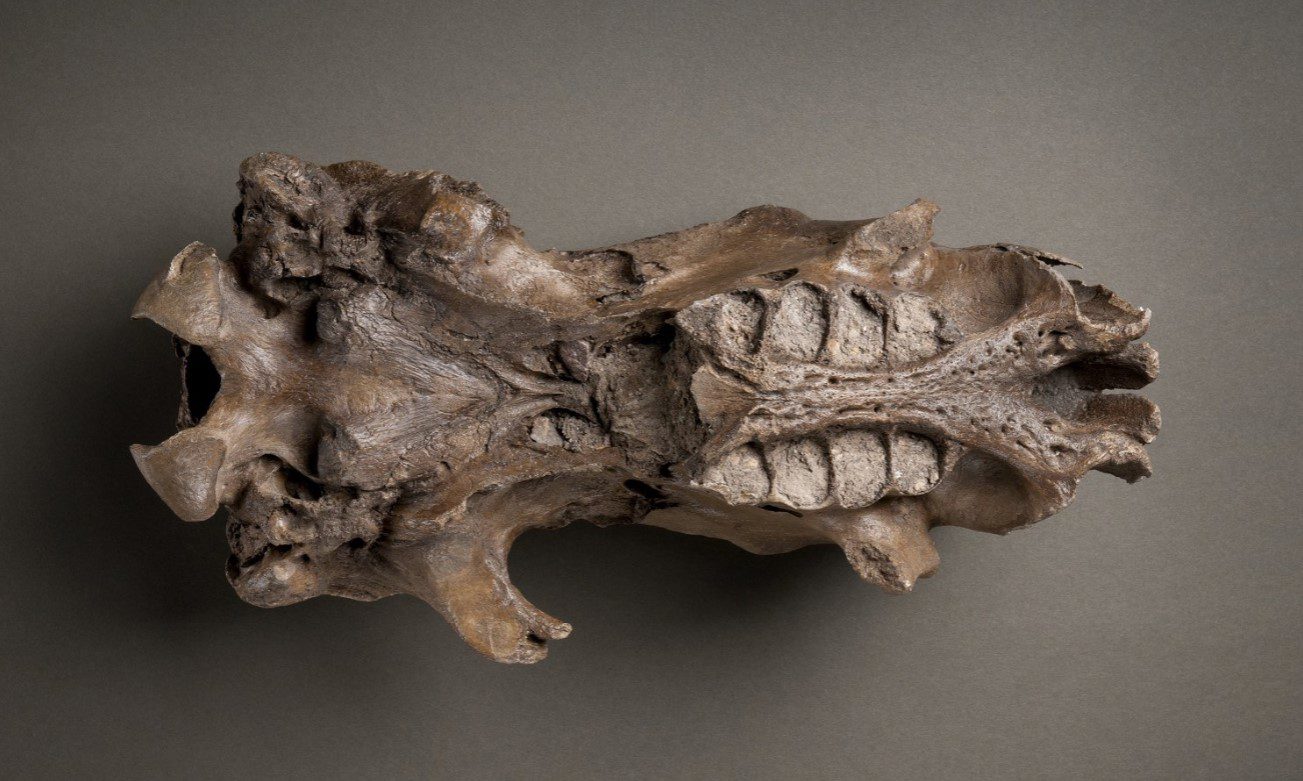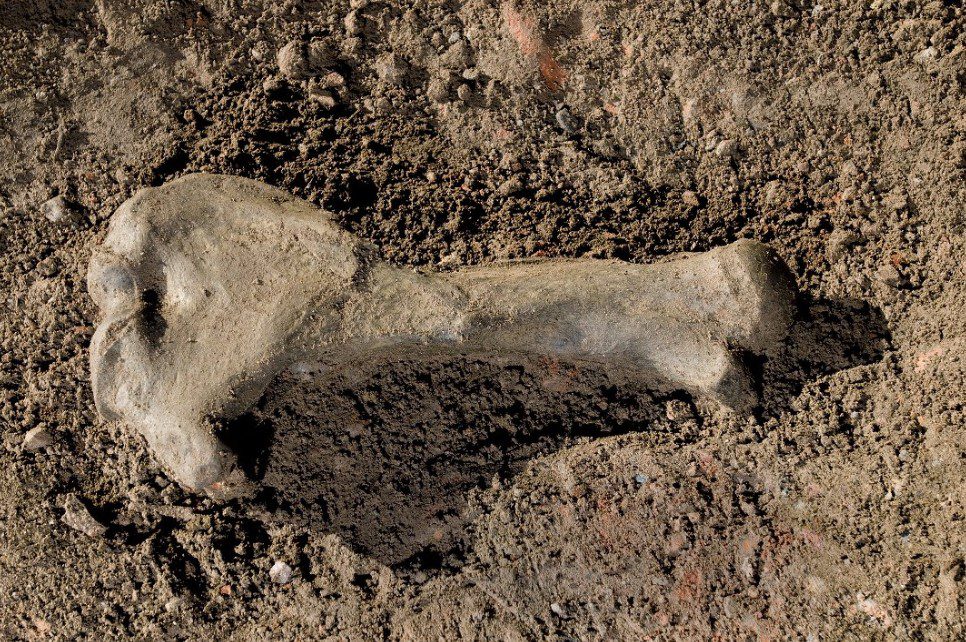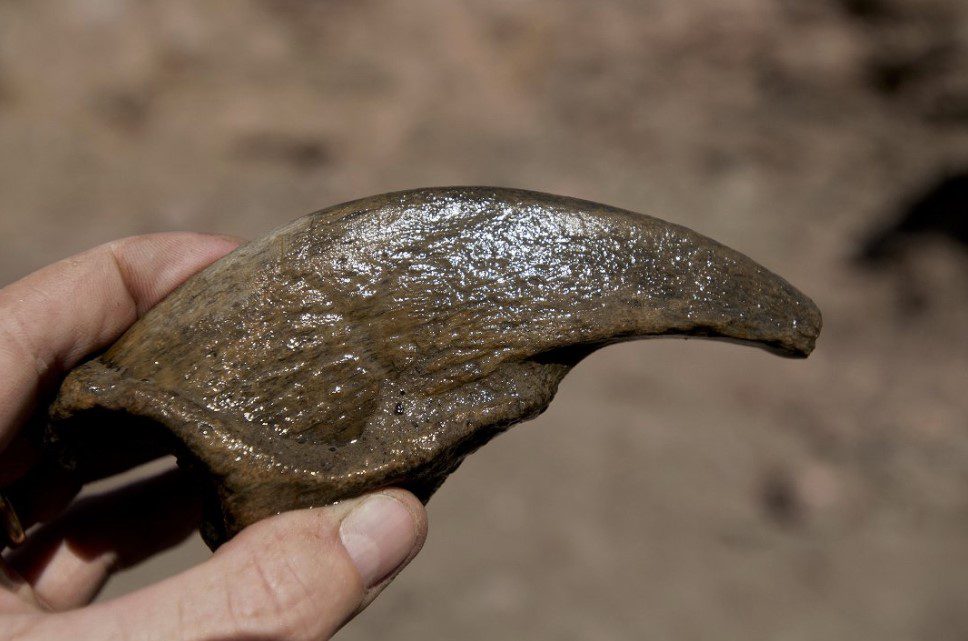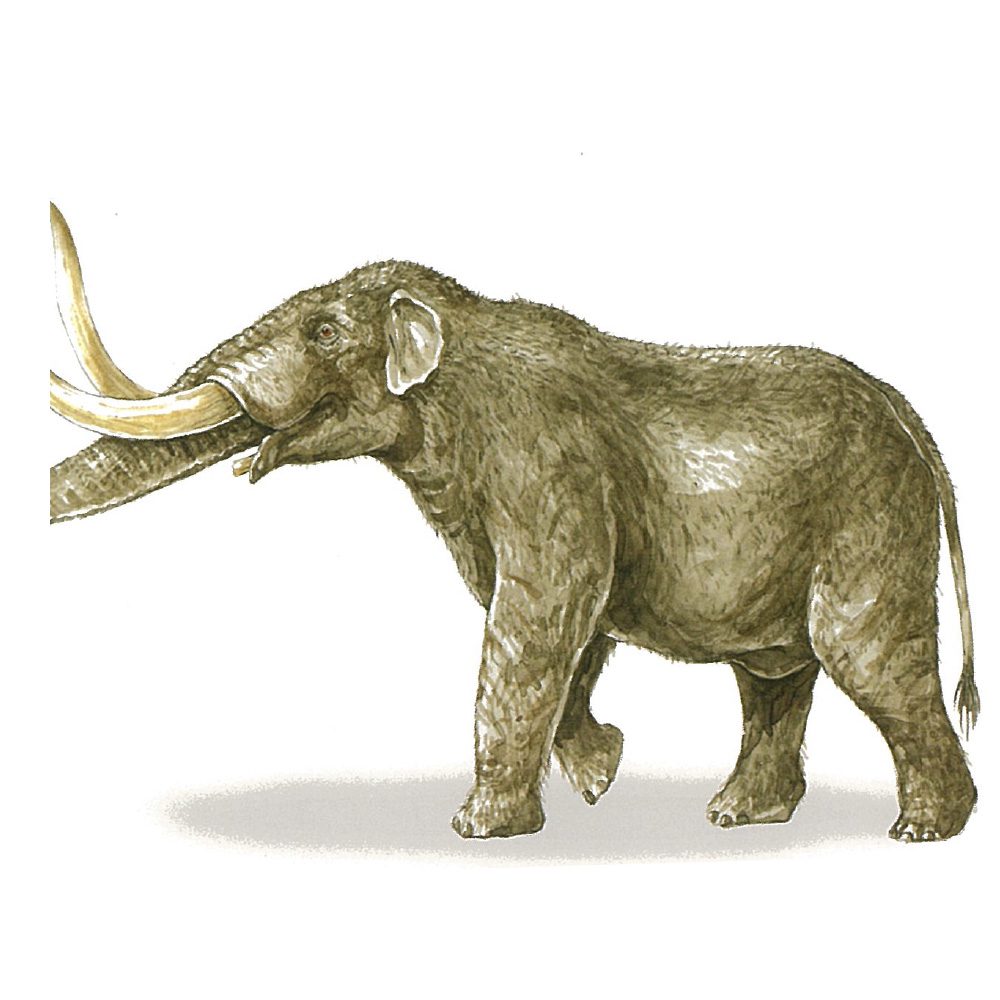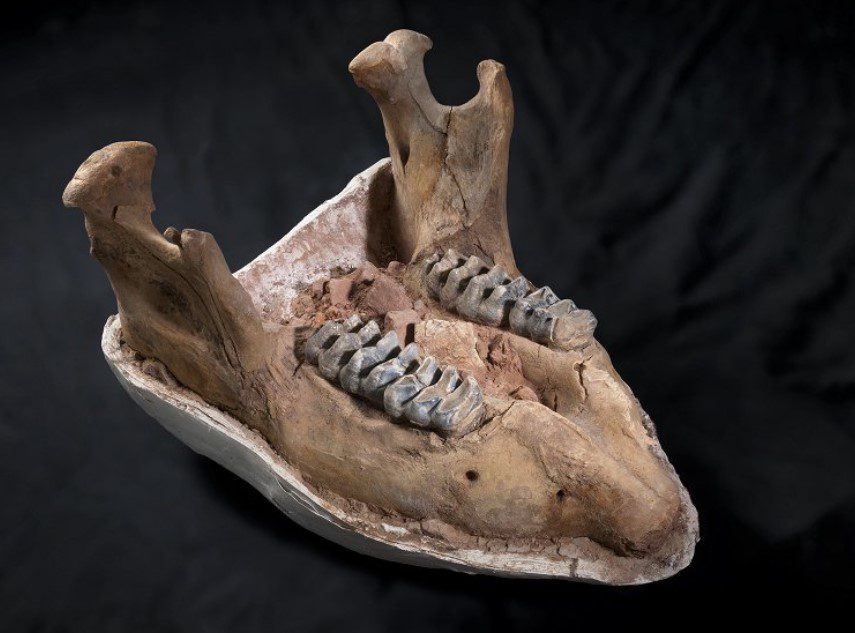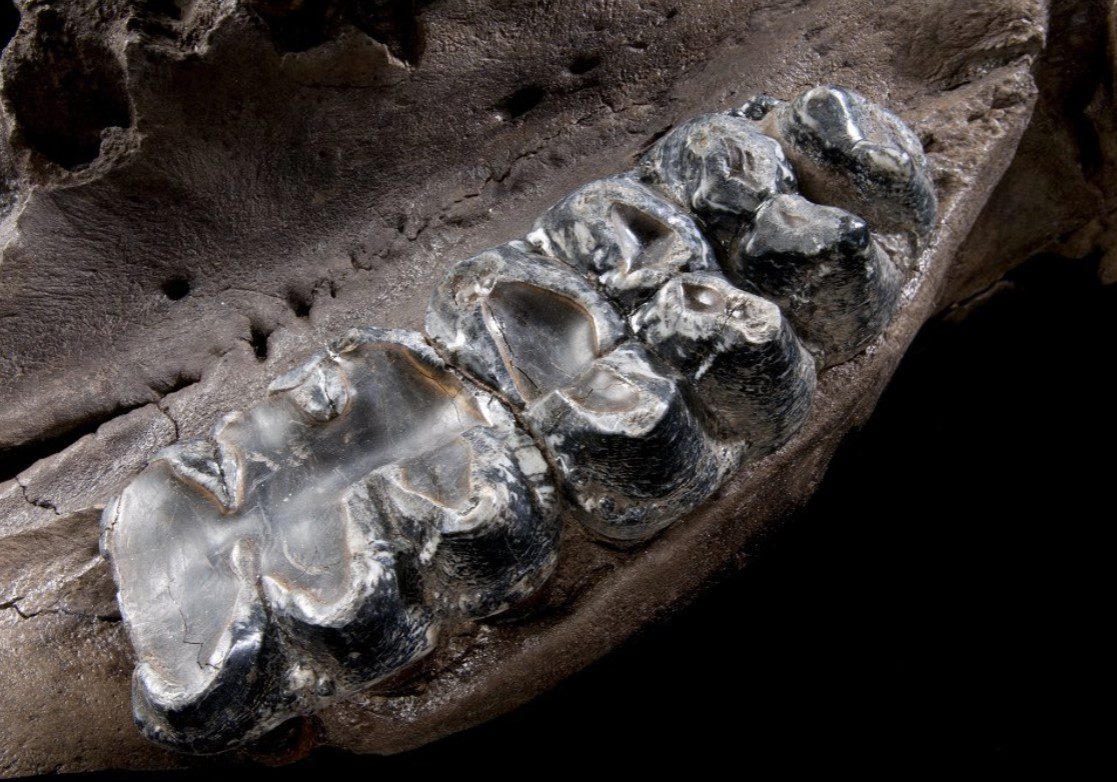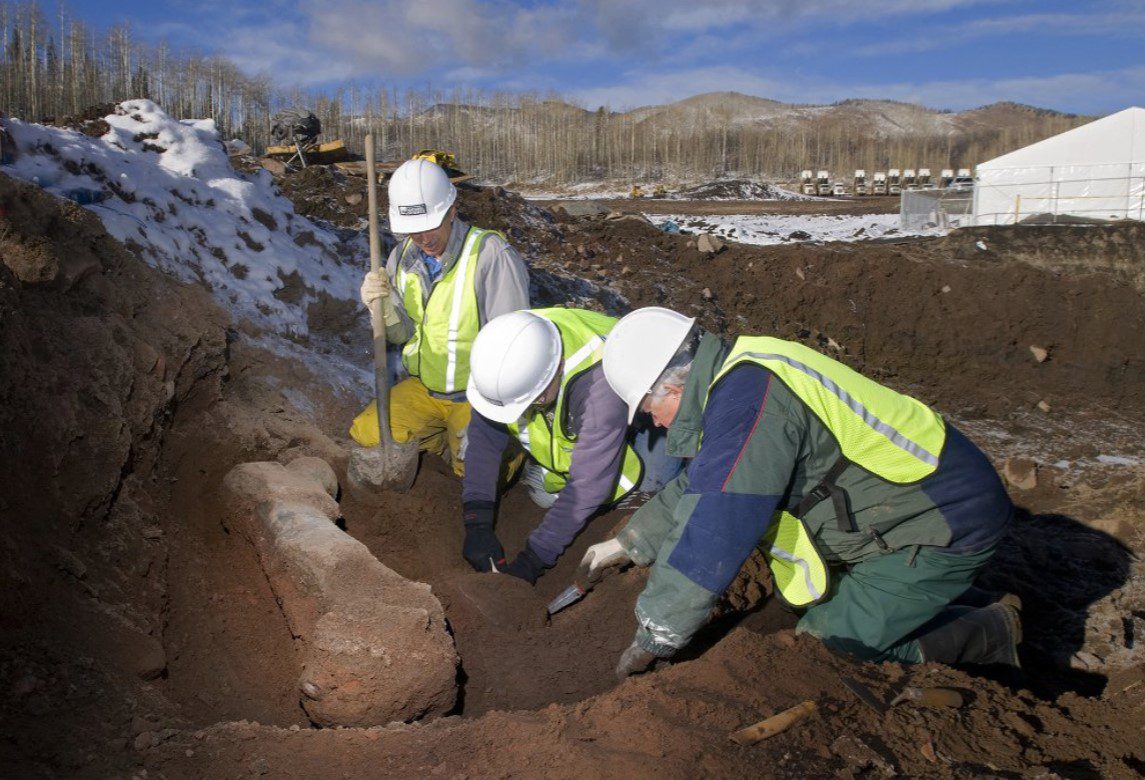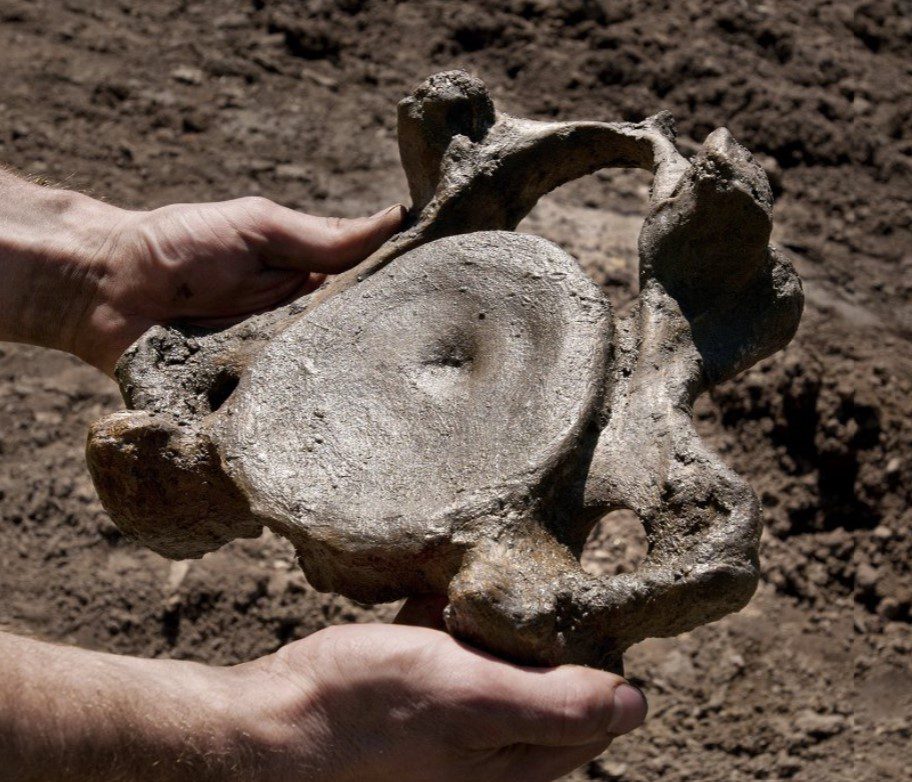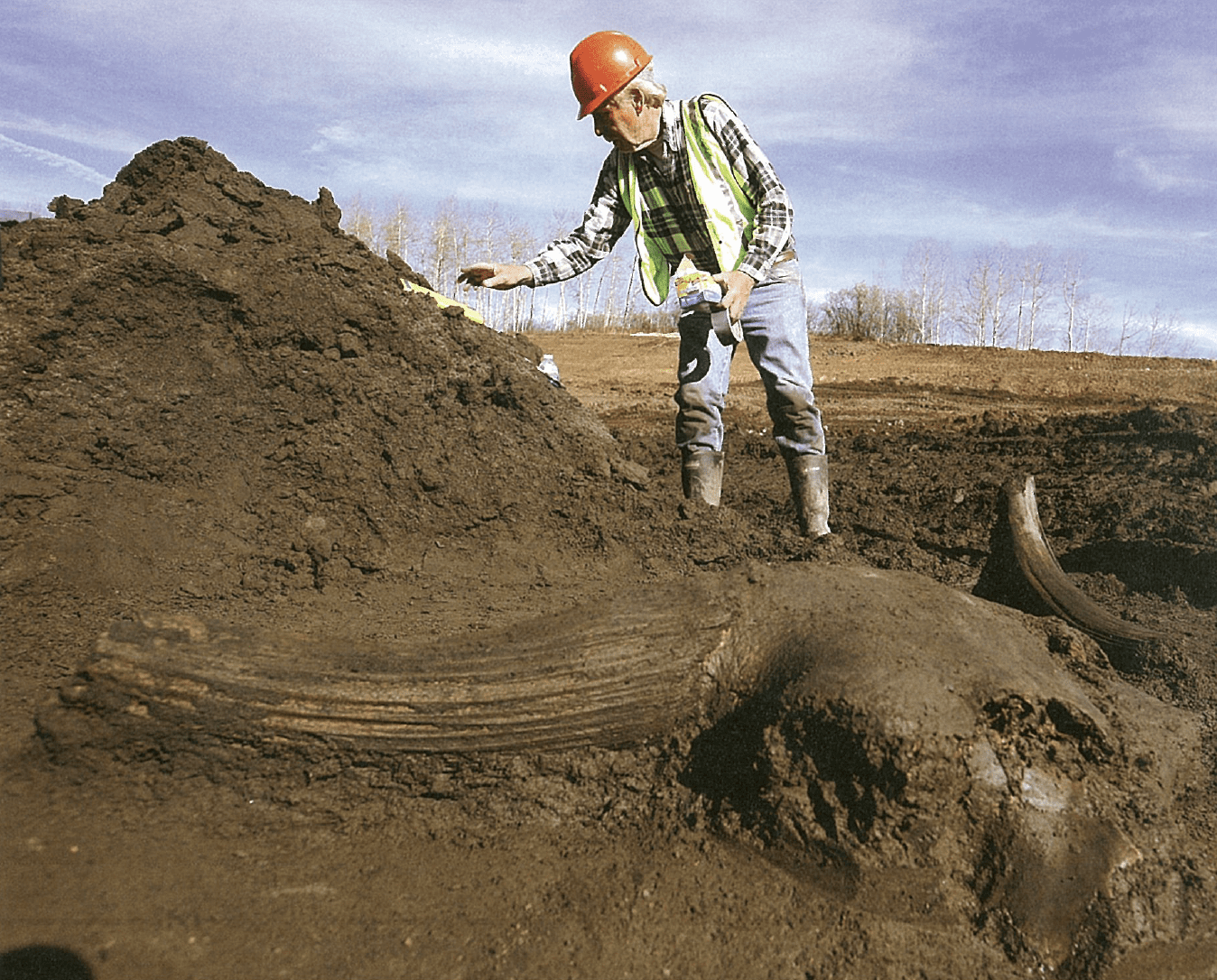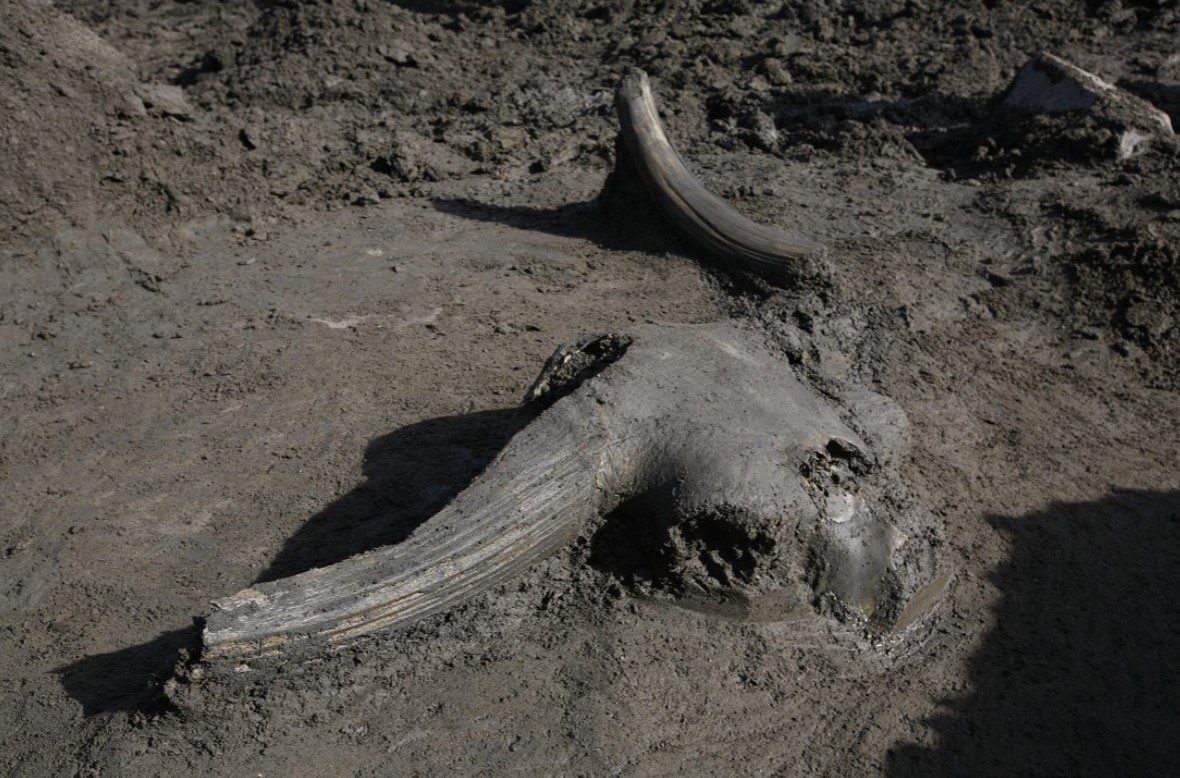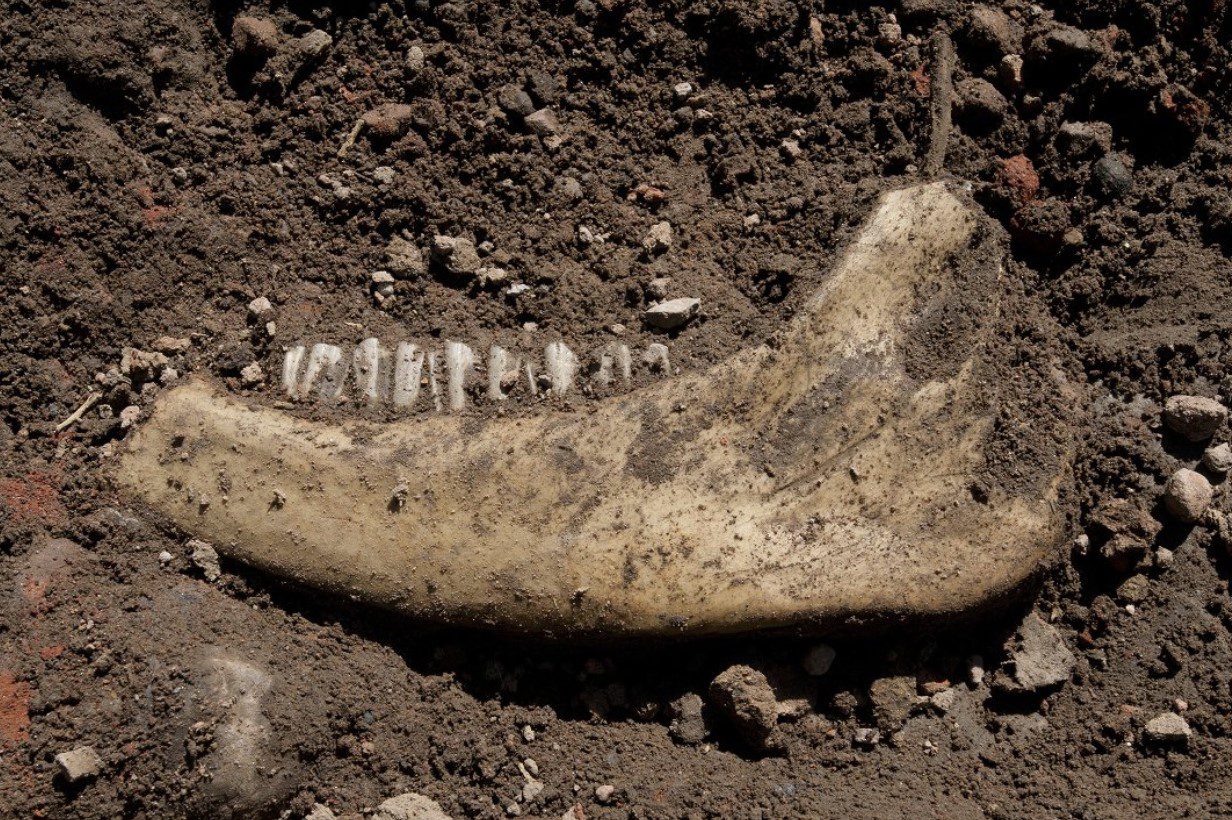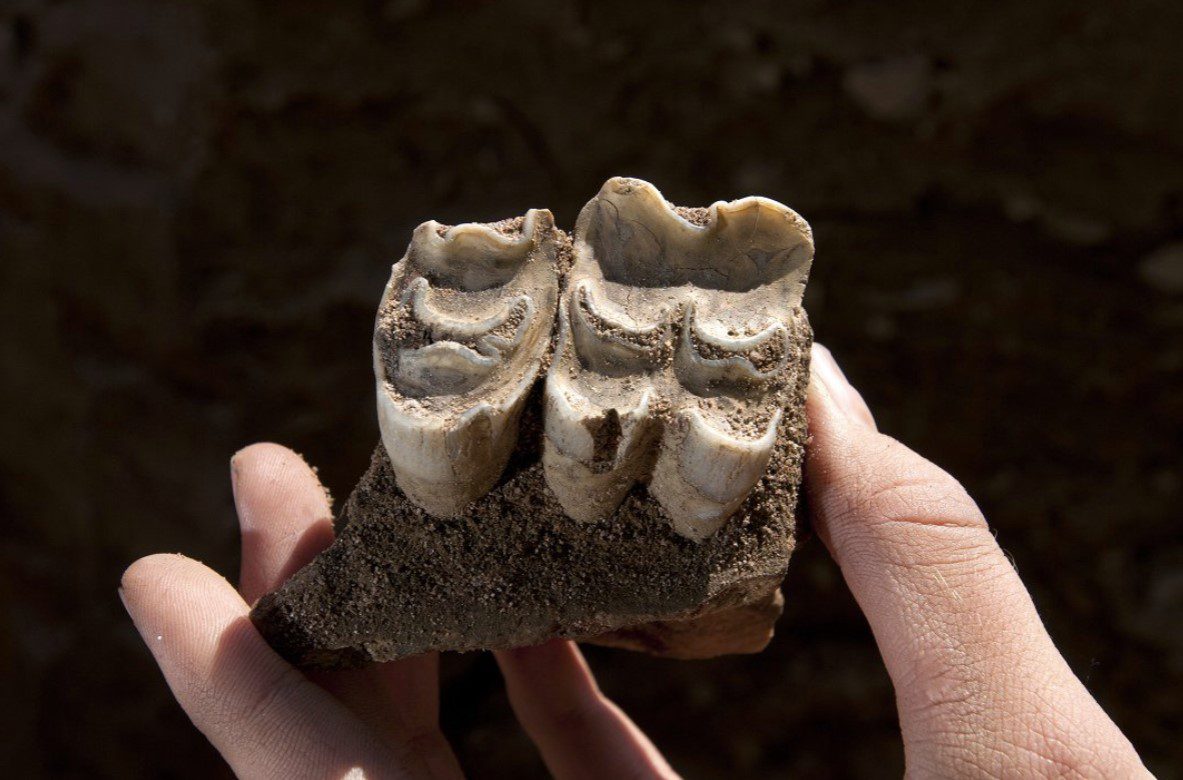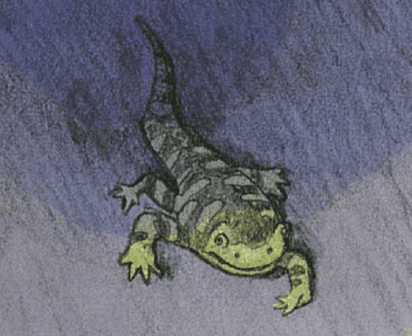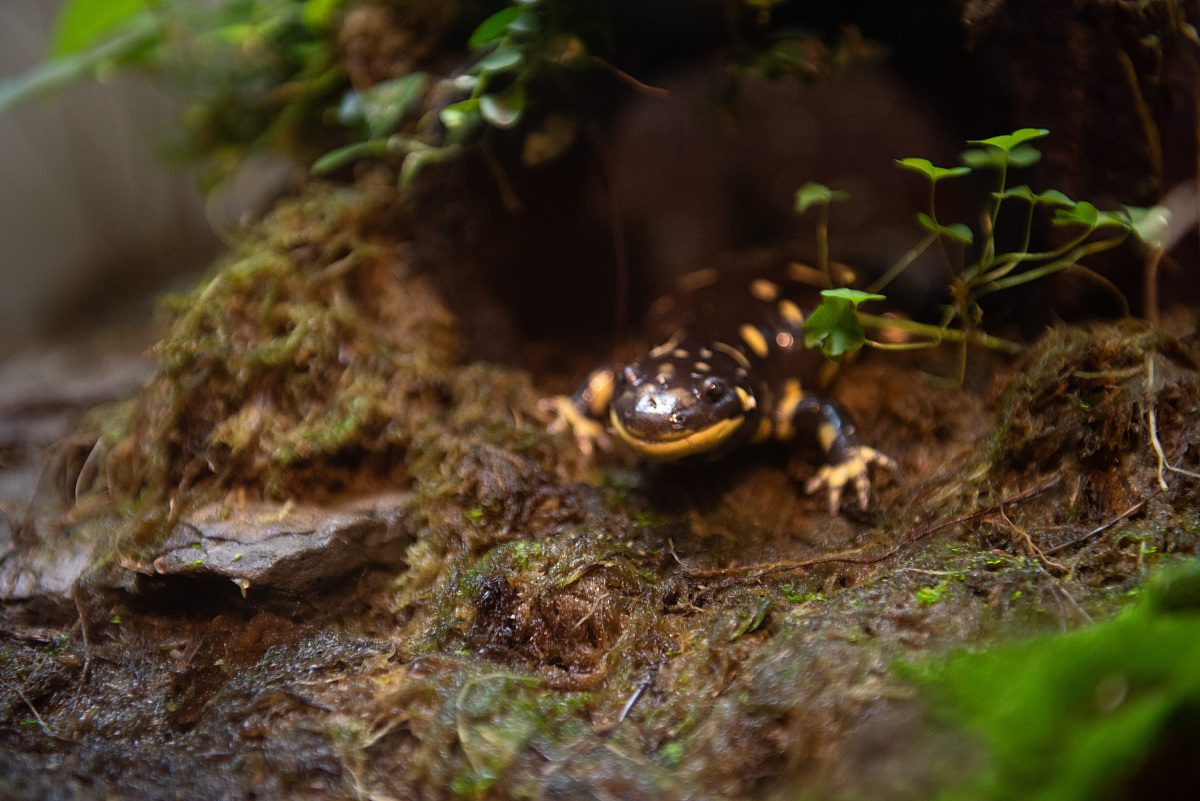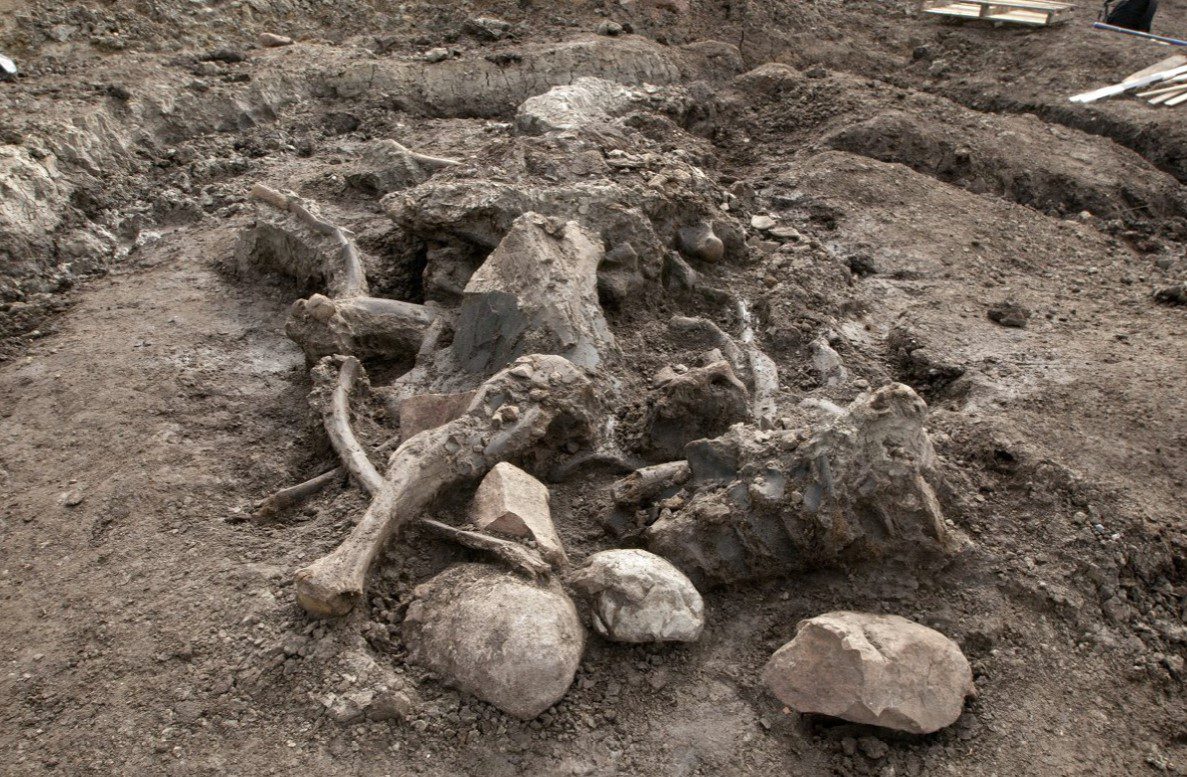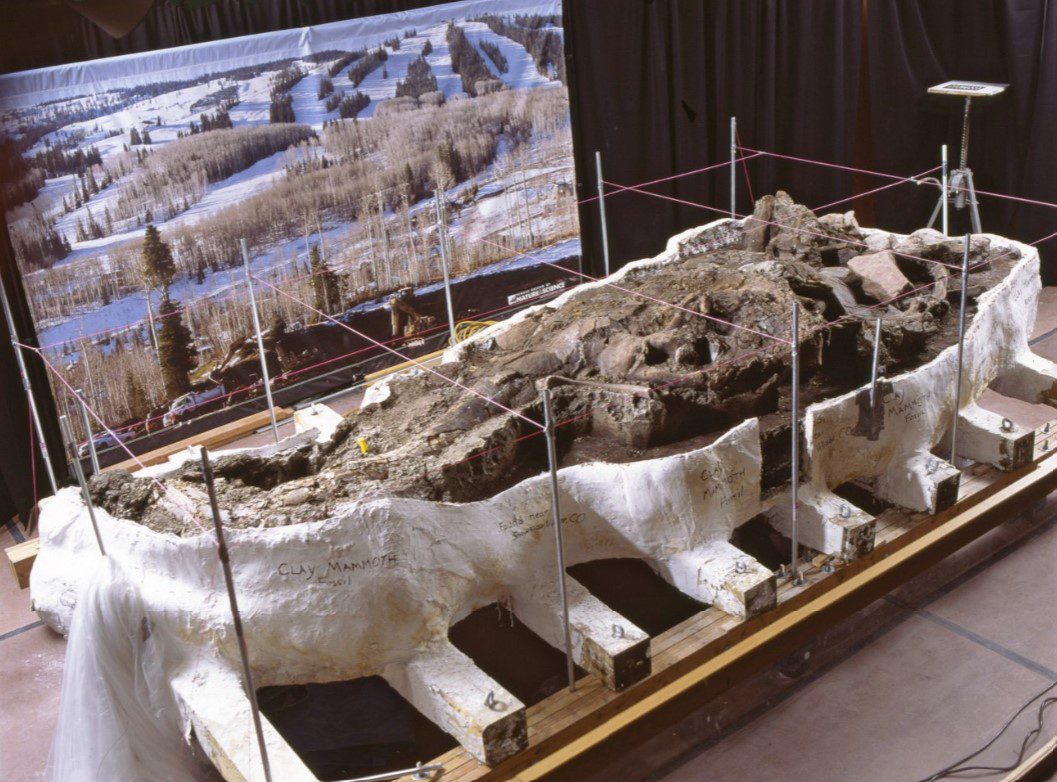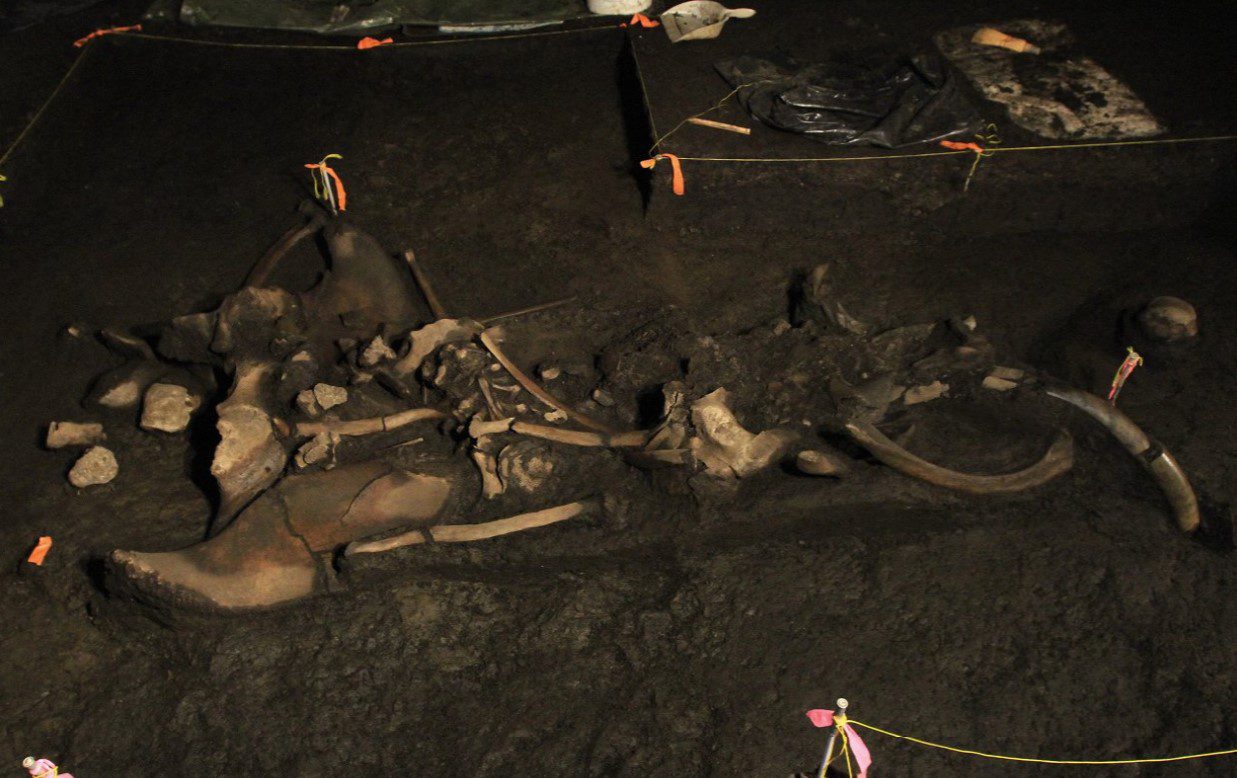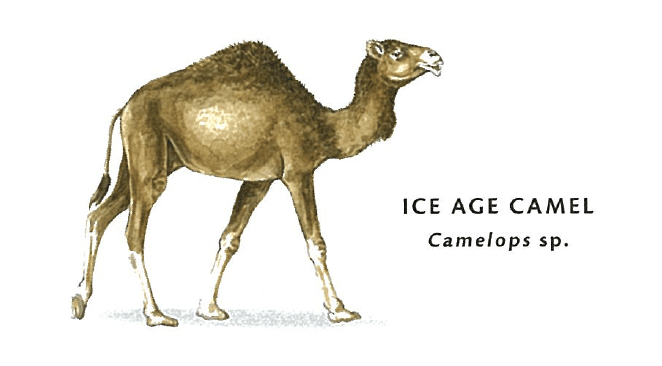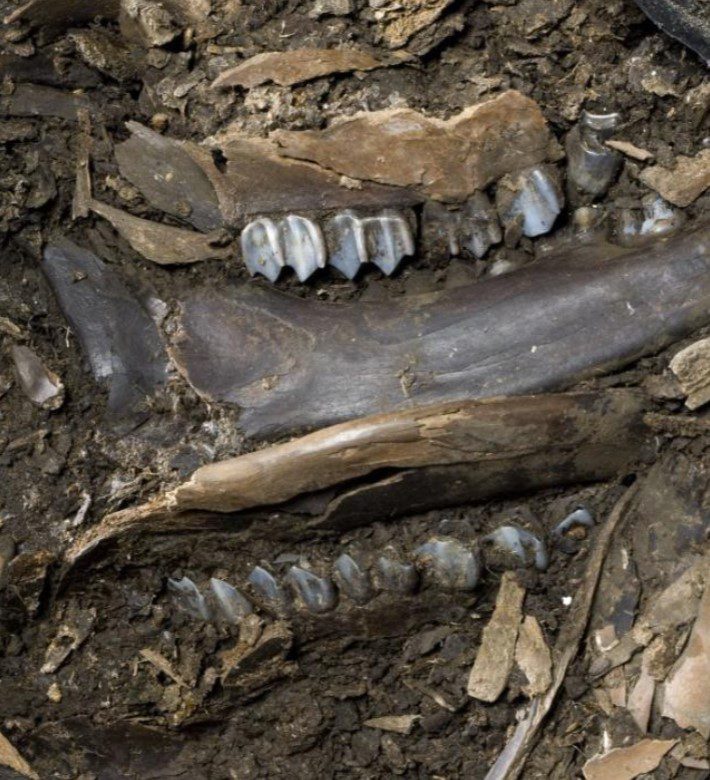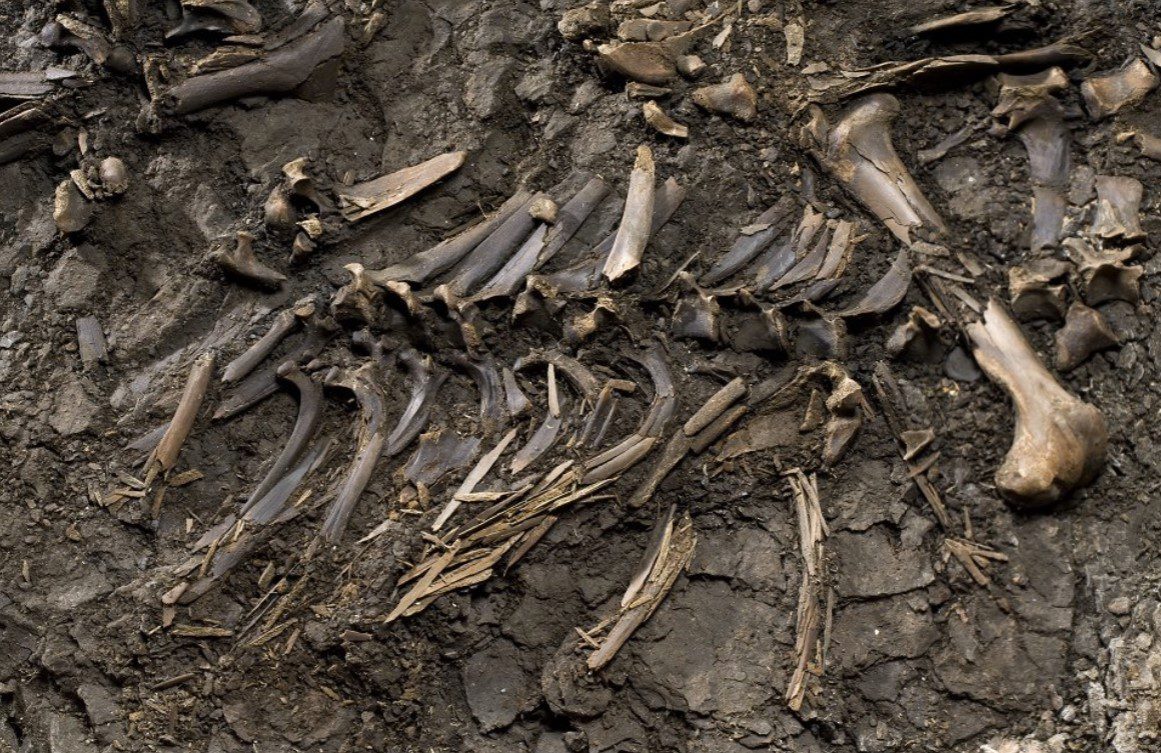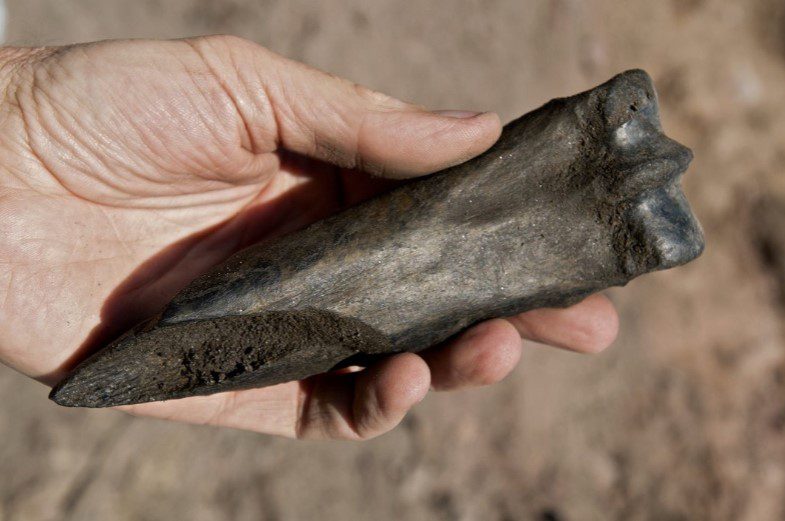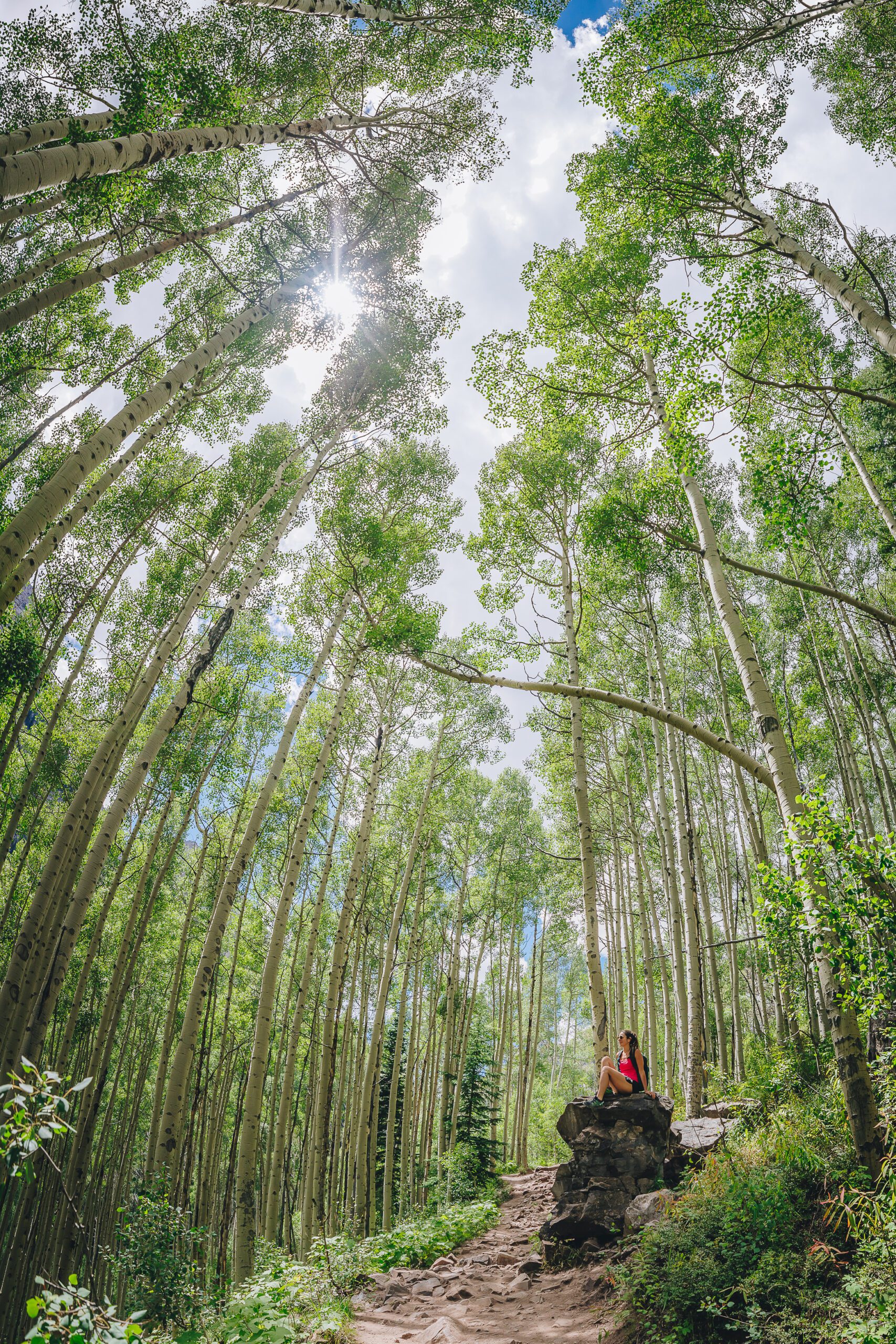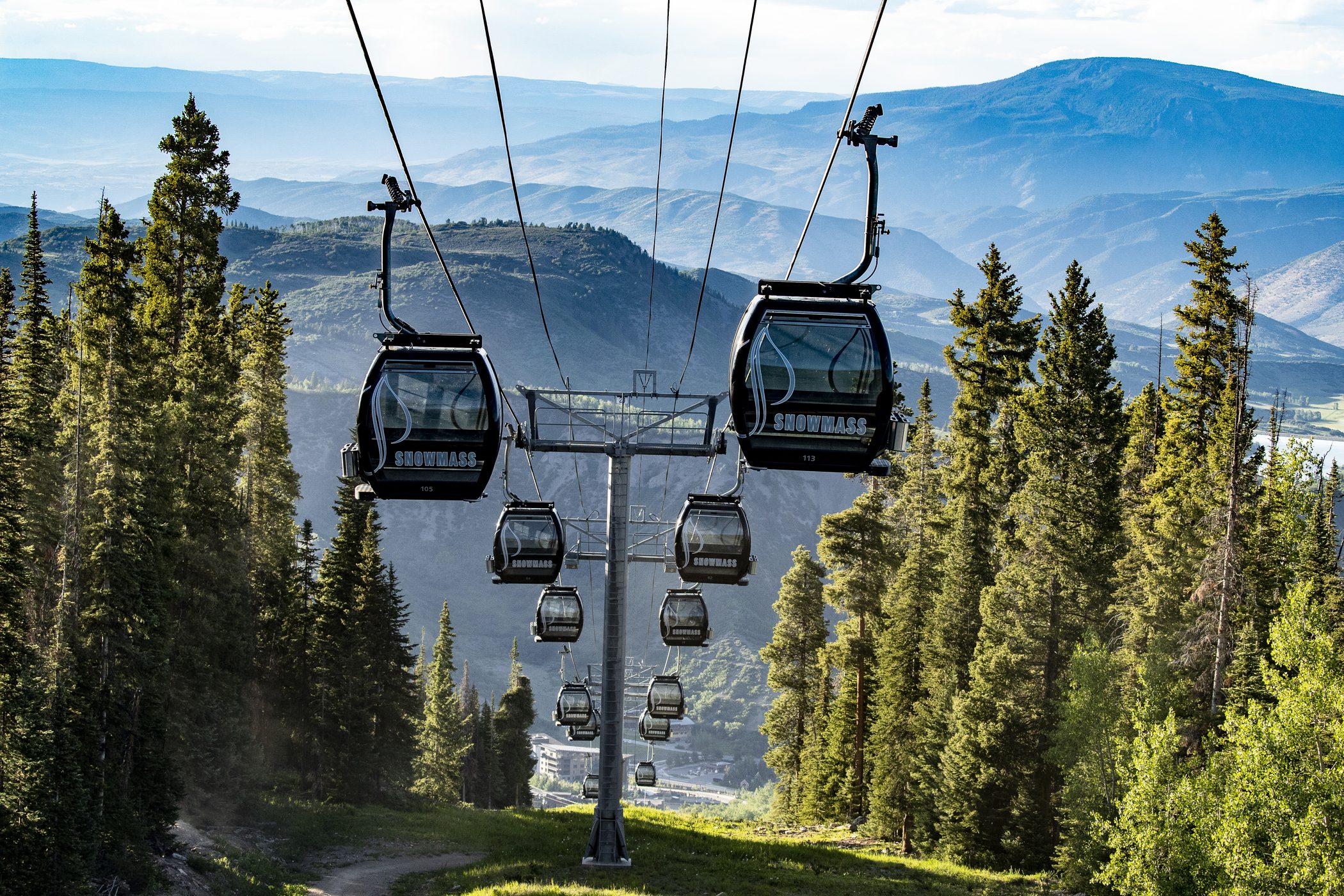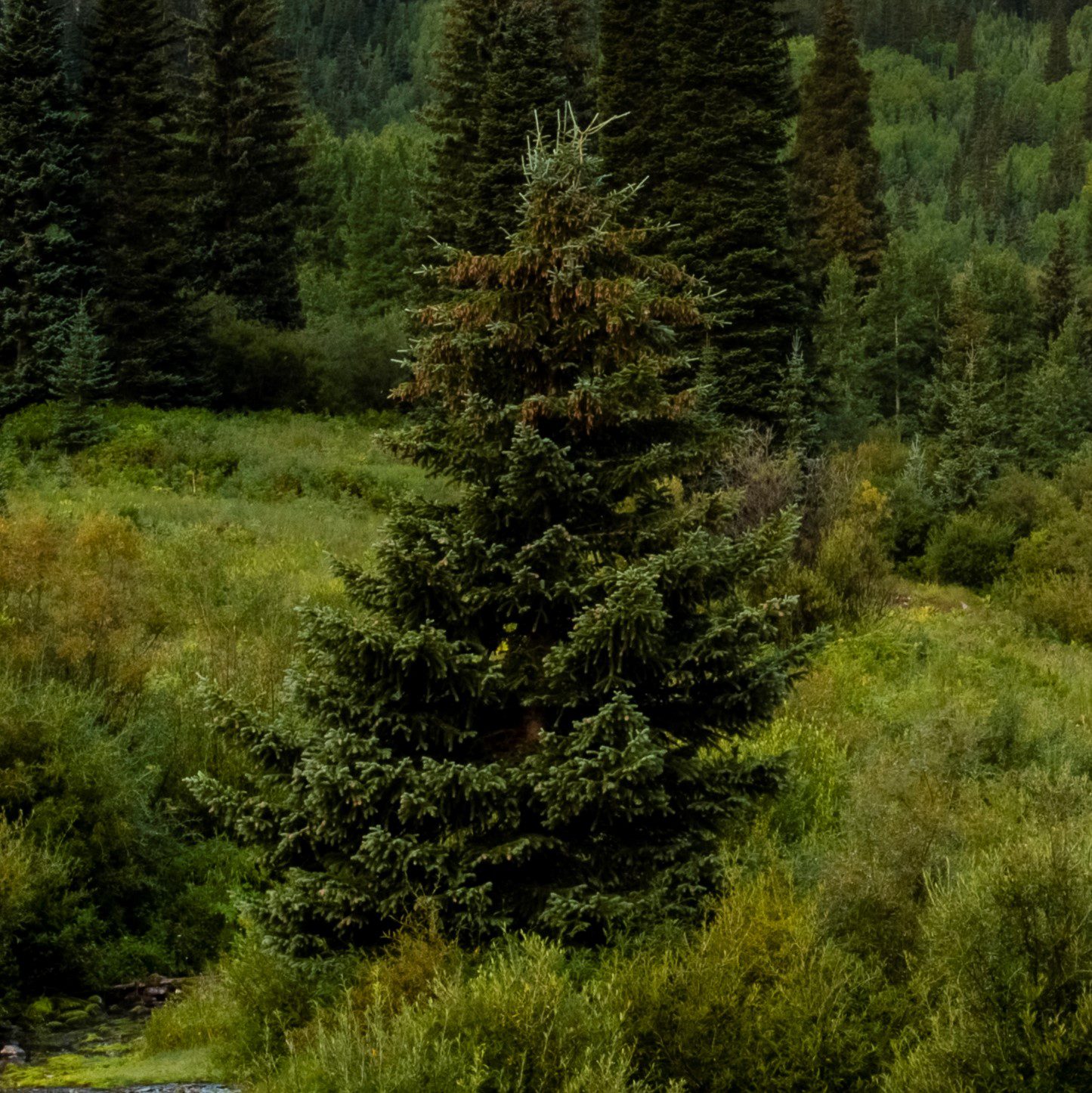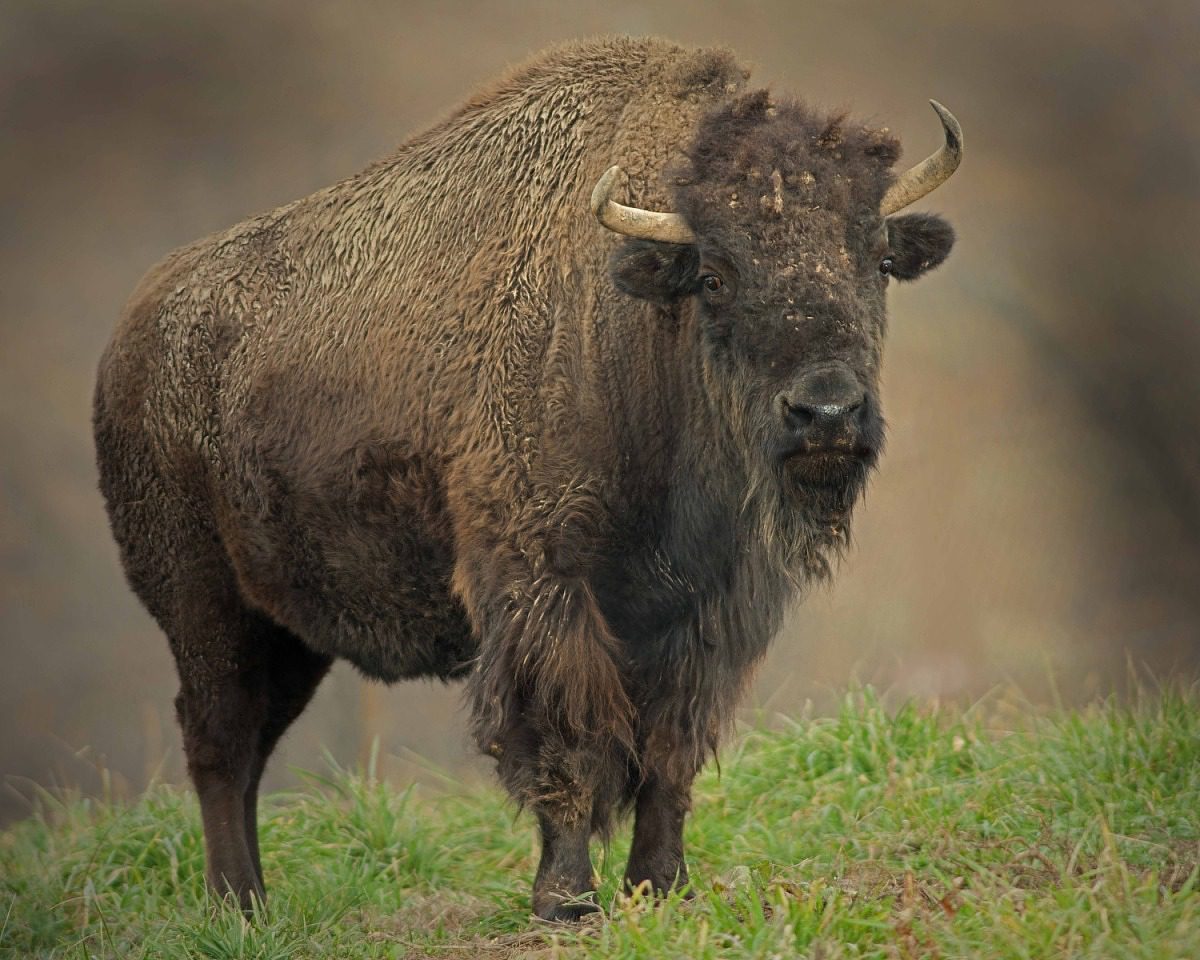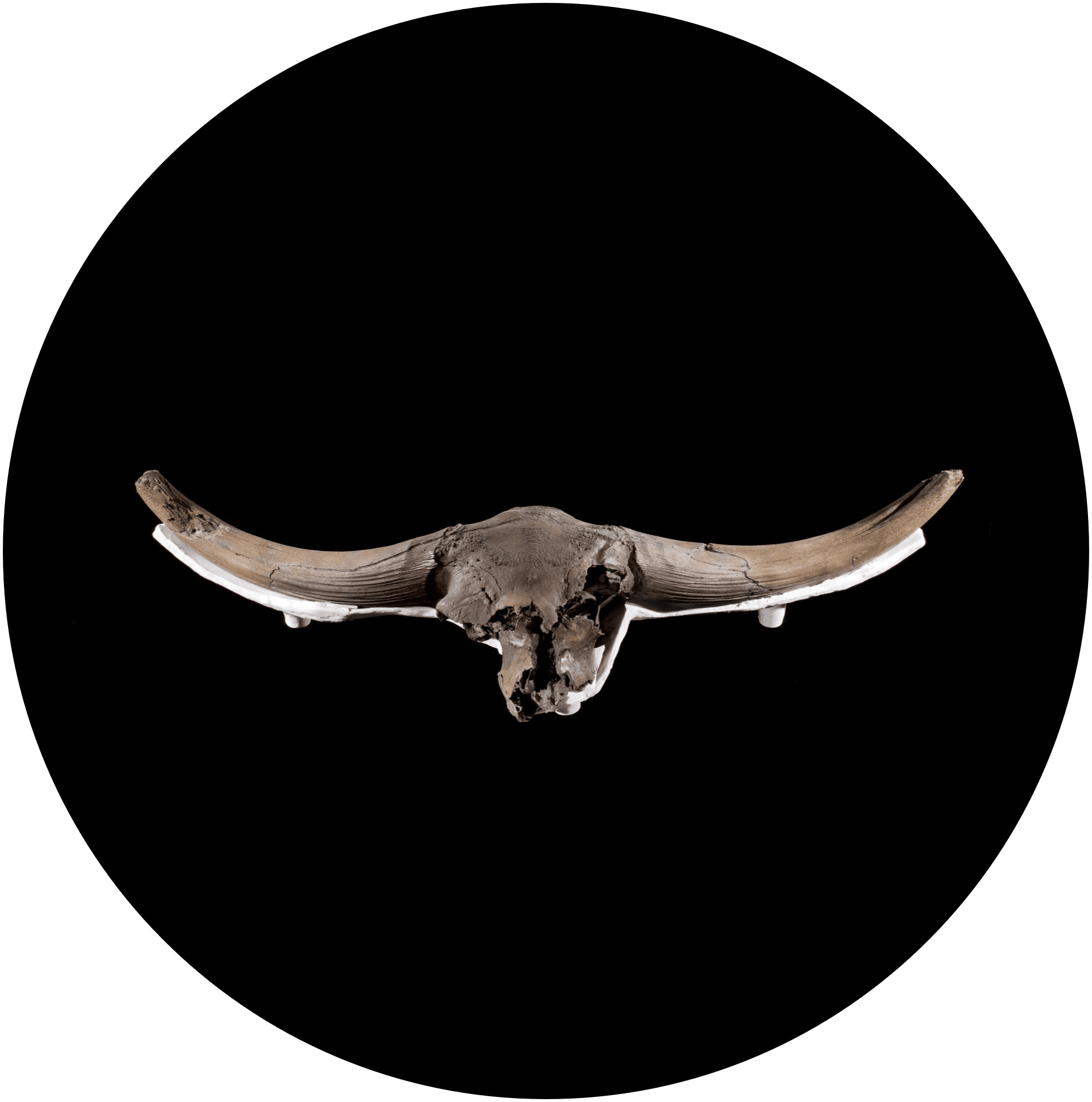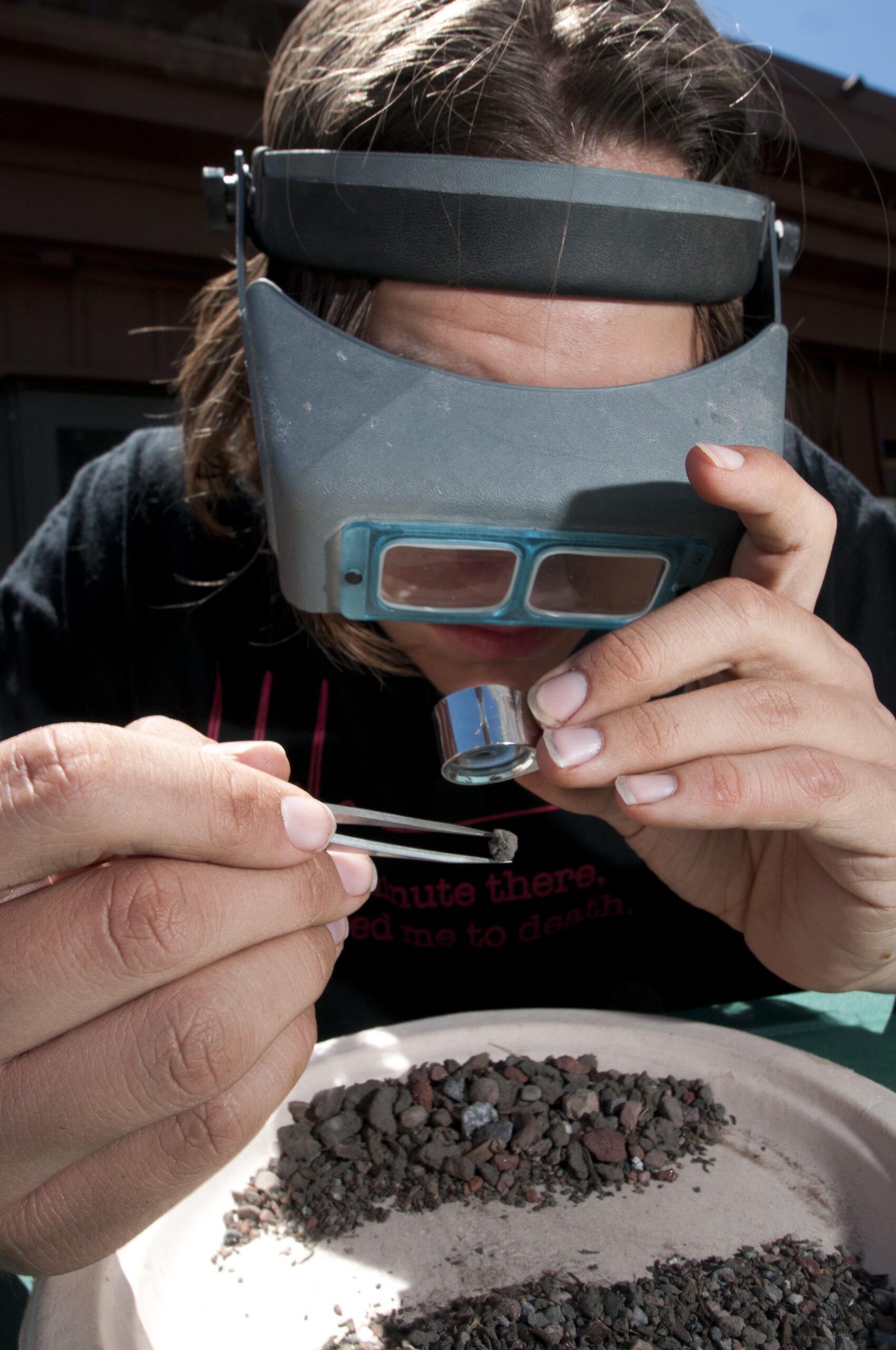-
The large mammal (megafauna) bones often get the spotlight, but there was much more life at Ziegler Lake than just mastodons and mammoths...
Fossils from fish, birds, salamanders, snakes, beavers, squirrels and much more were found at the fossil site. Many of these animals can still be found in the Snowmass area today. Are you surprised that there were so many animals that you are familiar with?
-
Diggers found smaller bones mixed in with the larger specimens the entire dig! Some diggers had the job of a “Picker.” A picker wore magnifying goggles to sort through piles of dirt to find smaller bones...
When they found a smaller bone, they would identify what layer of dirt it came from and put it in a bag to go back to the museum for further study. These smaller finds would often simply be one tooth, or one vertebrae of an animal, and researchers would have to examine it closely in the laboratory to determine what animal it came from. Often, researchers are unable to identify a specific species, but rather only what kind of animal the fossil came from, for example a fossil may be identified as being from a trout-like fish, rather than specifically a cutthroat trout.
-
Many of the plants (89%) found in the geological record of that time are still found near Ziegler reservoir today...
The ecosystem 100,000 years ago is believed to have looked very similar to how it appears today. These plants survived a glacial-interglacial transition, a full interglacial period, and a global cooling event that brought their habitat back to a glacial period.
-
Some plant material was so well preserved that it came out of the ground still green!
Sadly, once exposed to the oxygen, it would turn yellow in a matter of minutes.




